Trademarks are legally registered symbols that represent a brand of goods or services. There are major differences between owning a trademark and having a registered trademark. As soon as a business begins using a symbol to represent their business activities, they become a trademark owner. To get a trademark registered, a business needs to register with the United States Patent and Trademark Office. Registered trademarks are protected against trademark infringement at a national level. The symbols “TM” and “SM” indicate to customers that you are using a trademark for goods and services, respectively. Businesses do not need to have registered trademarks to use these symbols. Businesses which use registered trademarks can use ®.
Famous Trademark Cases
Apple Corps and Apple Inc.
Apple Corps was founded in 1968 as a multimedia corporation by the Beatles to handle the band’s business activities. In 1978, the Beatles’ Apple Corps sued the newly founded Apple Inc. for copyright infringement. In 1981, Apple Inc. settled for $80,000 and Apple Corps agreed not to enter the computer industry in exchange for Apple Inc. agreeing not to enter the music industry. In 1991, Apple Inc. was forced into a $26.5 settlement because they added sound to computers. By this time, Apple Inc. understood that the company might be interested in entering the music industry in the future and agreed not to handle physic music materials like CDs. The legal battle between Apple Corps and Apple Inc. culminated in 2003 when Apple Corps sued for Apple Inc.’s creation of iTunes. Because Apple Corps understood that Apple Inc. was allowed to participate in the digital music industry the question before the court was whether or not iTunes facilitated digital music sales, which of course, it does not.
This case shows how similarly named companies can inevitably be on a collision course with their trademarks. Trademark lawsuits can be expensive and time consuming, so start-up businesses should check around for similarly named businesses before settling on a final name for their business.
The Washington Redskins
Before the Washington Redskins agreed to change their name, they faced decades of social pressure to change it. One way in which opponents of the name worked to coerce the leadership to change the name was by questioning the legal status of the team’s trademark. Part of the Lanham Act, which governs trademarks in the United States, prohibits the trademarking of offensive terms. In 1999, the US Patent Office found that the name “Redskins” violates this portion of the Lanham Act and consequently the team is not entitled to trademark protection. Despite this, the team continued to fight for the legal rights to their name until ultimately opting to change the team’s name in 2020.
While it may seem obvious, the Washington Redskins’ situation serve as a reminder that businesses should extensively check to make sure their name is not associated with anything offensive or that could create unwanted controversy. While this is probably a good business practice anyway, the Lanham Act’s prohibition of offensive names solidifies its importance.
Jack Daniels and Patrick Wensink
In 2012, Jack Daniels sued Patrick Wensink over his book cover that resembled the company’s whiskey label. The trademark case became well-known because the cease-and-desist notice Jack Daniels sent to Wensink was so friendly it went viral. Jack Daniels offered to pay the expenses for Wensink to change the cover art on his book. The situation even gave Jack Daniels a public relations boost.
Patrick Wensink failed in not taking enough effort to ensure that his book was distinct from the Jack Daniels brand. Businesses need to understand how different is different enough for trademark reasons. Then they must make sure their products meet these minimum requirements.







